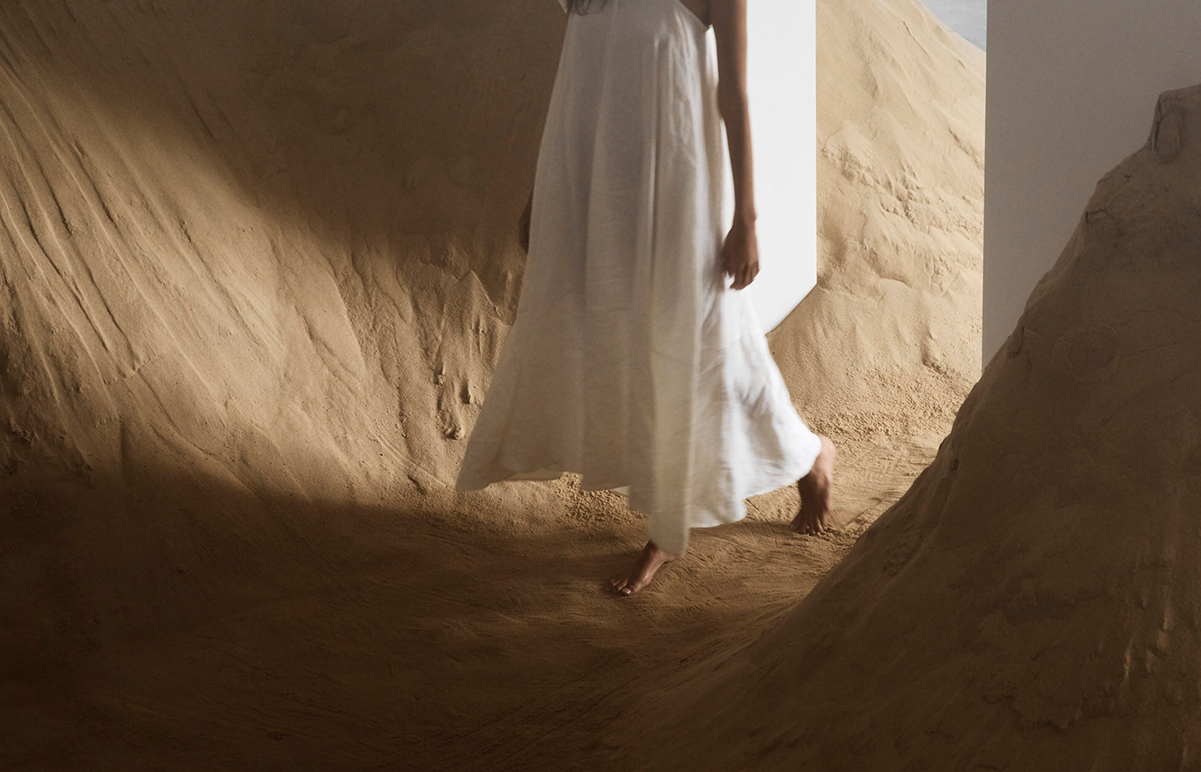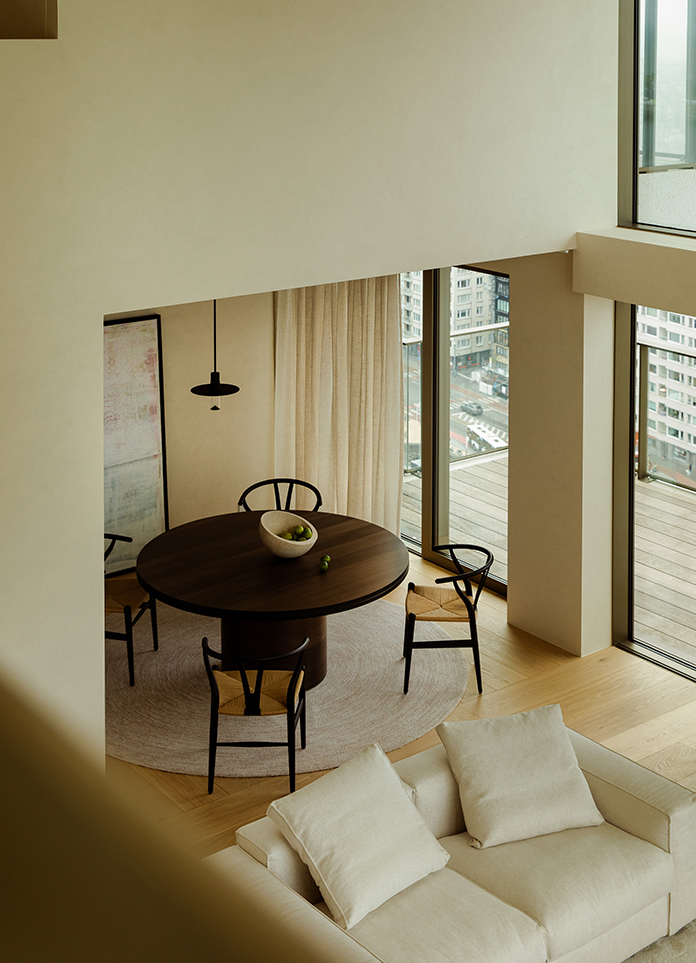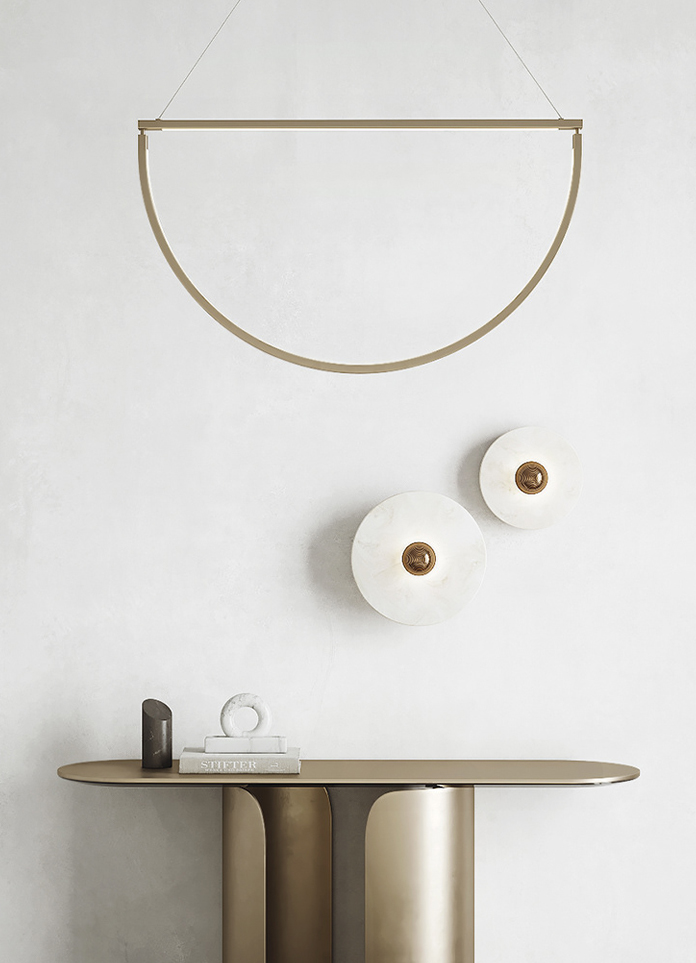
Erth is an immersive dining experience of Emirati Cuisine located in Qasr Al Hosn. It pays homage to the humility and generosity of old Emirati culinary and cultural practices. Emirati cooking processes played a significant role in influencing the design direction of the space as it helped reinterpret the conventional restaurant typology into one that accommodates for the dynamic nature of Emirati cooking.
The approach was to create a space that celebrates cooking as a performance and the restaurant's eclectic take on traditional Emirati cooking. The kitchen is introduced into the space as a volume with pockets revealing the workings of the kitchen and framing moments of food preparation such as the baking of tanoor bread, the cooking of rgag bread, and the preparation of traditional Emirati coffee. More importantly, the volume features an exhibit of essential spices and ingredients, hence foregrounding elements that make up the restaurants’ menu.
The intention behind the dining area was to revisit the traditional majlis seating and reintroduce it in an elevated dining context. Spaces are carved out of a raised floor to contain seating areas, creating an experience reminiscent of the old majlis seating typology. The seating strategy was also an exciting prompt that Aljoud Lootah, Khalid Shafar, Zuleya, Toru and Bahraini Danish have collaborated with Bone on to design the furnishing of the space. Pieces from these regional designers feature a playfulness that contrasts the sharp and linear nature of the site. The eclectic selection enhanced the character of the space by use of timbers, woven fabrics and leathers.
Given the approach to tie the space back to the origins of Emirati culture, the choice of materials celebrates the natural and the raw. The material intervention remained minimal by maintaining the site’s original concrete skeleton in the interior. The raised floor was treated as a thickened slab finished with natural clay from which seating spaces were carved out of. The kitchen volume was made with acid-washed steel and natural cut travertine; further enhancing the raw approach to composing the space. Softer elements such as fabric and plants were utilized to augment the intimacy of the space by creating areas of enclosure. In order to celebrate these elements working together, lighting was carefully curated to orchestrate ephemeral moments that allow the users to experience the subtlety of the design throughout the daytime and evening.
- Interiors: Bone Studio
- Photos: Oculis Project
- Words: Gina




















